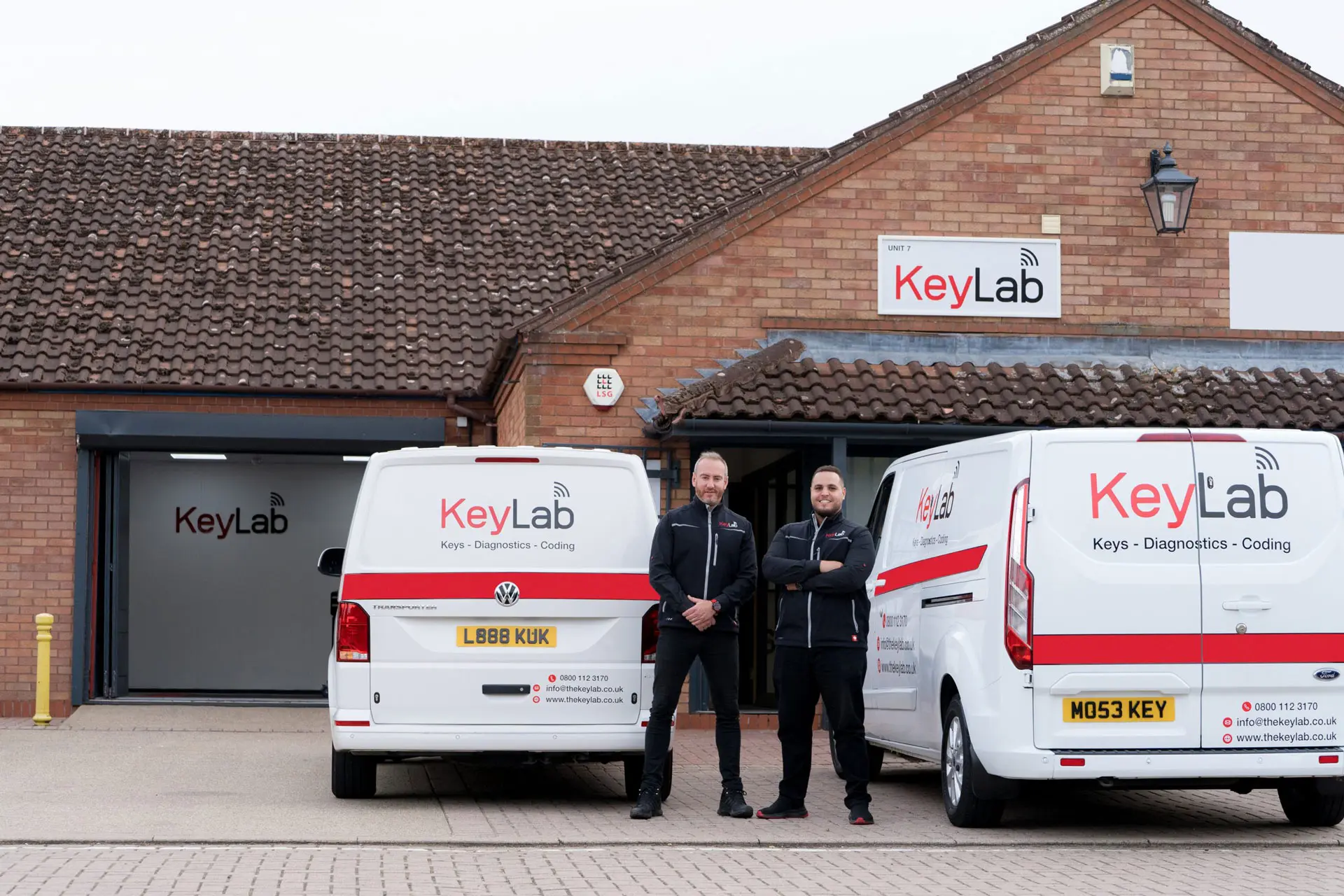Understanding Car Key Transponder Programming
In today's automotive landscape, the integration of sophisticated innovation has actually become synonymous with vehicle security. car key services of the most considerable developments in this location is the introduction of transponder keys. Car key transponder programming is a necessary procedure that guarantees automobiles are safe and secure from unapproved gain access to while offering convenience to owners. car key transponder repair explores what transponder keys are, how they work, the programming procedure, and responses to some frequently asked concerns.
What is a Transponder Key?
A transponder key is a kind of ignition key which contains a small ingrained microchip. This chip communicates with the vehicle's immobilizer system. Transponder keys are created to enhance vehicle security by preventing hot-wiring and unapproved engine begins.
Key Features of Transponder Keys:
- Embedded Microchip: Each key includes a distinct code that corresponds to the vehicle's ignition system.
- Immobilizer System: This system acknowledges the key's special code and permits the engine to begin only if the correct key is utilized.
- Boosted Security: Transponder keys are substantially more difficult to duplicate than standard keys, lowering the risk of theft.
How Transponder Keys Work
Transponder keys run on a simple concept of radio frequency identification (RFID). When the key is placed into the ignition or brought near the vehicle, the following series happens:
- Signal Transmission: The vehicle's ignition system sends a radio signal to the transponder key.
- Code Response: The ingrained chip in the key gets this signal, activates, and sends out back its distinct code.
- Confirmation: The vehicle's computer system confirms the gotten code. If it matches the stored code, the engine will begin; if not, the engine remains immobilized.
Benefits of Transponder Technology:
- Improved theft prevention.
- Benefit of keyless vehicle starting (in some systems).
- Lowered costs associated to insurance premiums due to boosted security procedures.
The Car Key Transponder Programming Process
Programming a car key transponder is a critical action that allows a brand-new key to interact with the vehicle's immobilizer system. The procedure can differ based upon the make and model of the car but generally includes the following steps:
Steps Involved in Transponder Key Programming:
- Obtain a New Transponder Key: Owners need to initially get a blank transponder key suitable with their vehicle.
- Gain Access To the OBD-II Port: For modern cars, programming typically needs an On-Board Diagnostics (OBD-II) scanner that connects to the OBD-II port.
- Turn on the Ignition: The ignition must be turned to the "On" position without starting the engine. This permits the system to recognize that a new key is to be configured.
- Follow Programming Procedure: Depending on the vehicle, follow the particular programming actions supplied by the manufacturer, typically described in the owner's handbook. This may include pushing specific buttons in a particular order.
- Check the Key: After programming, it's important to evaluate the key by attempting to begin the engine. If successful, the key is effectively set.
Tips for Successful Programming:
- Consult an expert locksmith or dealer for complicated programming treatments.
- Make sure battery levels in the key fob and vehicle are enough.
- Follow the instructions closely to prevent errors.
Typical Issues with Transponder Key Programming
Regardless of the relatively straightforward procedure, various issues might arise during programming. Below are some common challenges:
- Key Compatibility: Using an incompatible key can lead to programming failures.
- Faulty Equipment: A malfunctioning OBD-II scanner might avoid access to the programming menu.
- Weak Key Batteries: Insufficient power in the key fob can interrupt interaction.
Regularly Asked Questions (FAQs)
1. Can I program my transponder key myself?
While many lorries enable DIY programming, some models need specific devices or software application. If uncertain, it's finest to consult a professional locksmith or your vehicle dealer.
2. What if I lose my transponder key?
If a transponder key is lost, it's recommended to contact a certified automotive locksmith or your car dealership for a replacement. They can configure a new key based on your vehicle's VIN (Vehicle Identification Number).
3. Just how much does it cost to program a transponder key?
The cost varies widely, depending on the vehicle make and model, and whether you choose to go through a dealer or a locksmith. car key services vary from ₤ 50 to ₤ 150.
4. What occurs if my transponder key quiting working?
If your transponder key stops working all of a sudden, it might be due to a dead battery or problems with the vehicle's immobilizer system. It's suggested to have both the key and the vehicle examined by an expert.
5. How often should I change transponder key batteries?
Transponder key batteries need to be changed every 2 to 3 years, though this can vary based on use. Indications of a passing away battery consist of trouble starting the vehicle or the key fob not working at all.
Car key transponder programming is a crucial procedure for modern vehicle security and benefit. Comprehending how transponder keys function and how they are set can empower vehicle owners to manage their vehicle security efficiently. As technology continues to evolve, staying notified about these developments will help owners safeguard their assets and ensure their automobiles run smoothly.
Summary Table: Key Features of Transponder Keys
| Feature | Description |
|---|---|
| Embedded Microchip | Consists of an unique code for vehicle identification |
| Immobilizer System | Avoids unauthorized engine starts |
| Improved Security | Challenging to duplicate compared to standard keys |
With improvements in technology, the significance of understanding and effectively handling car key transponder systems can not be overemphasized. Enhanced vehicle security not only secures your investment but also guarantees assurance on the roads.

